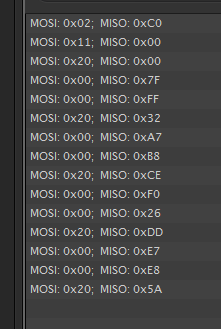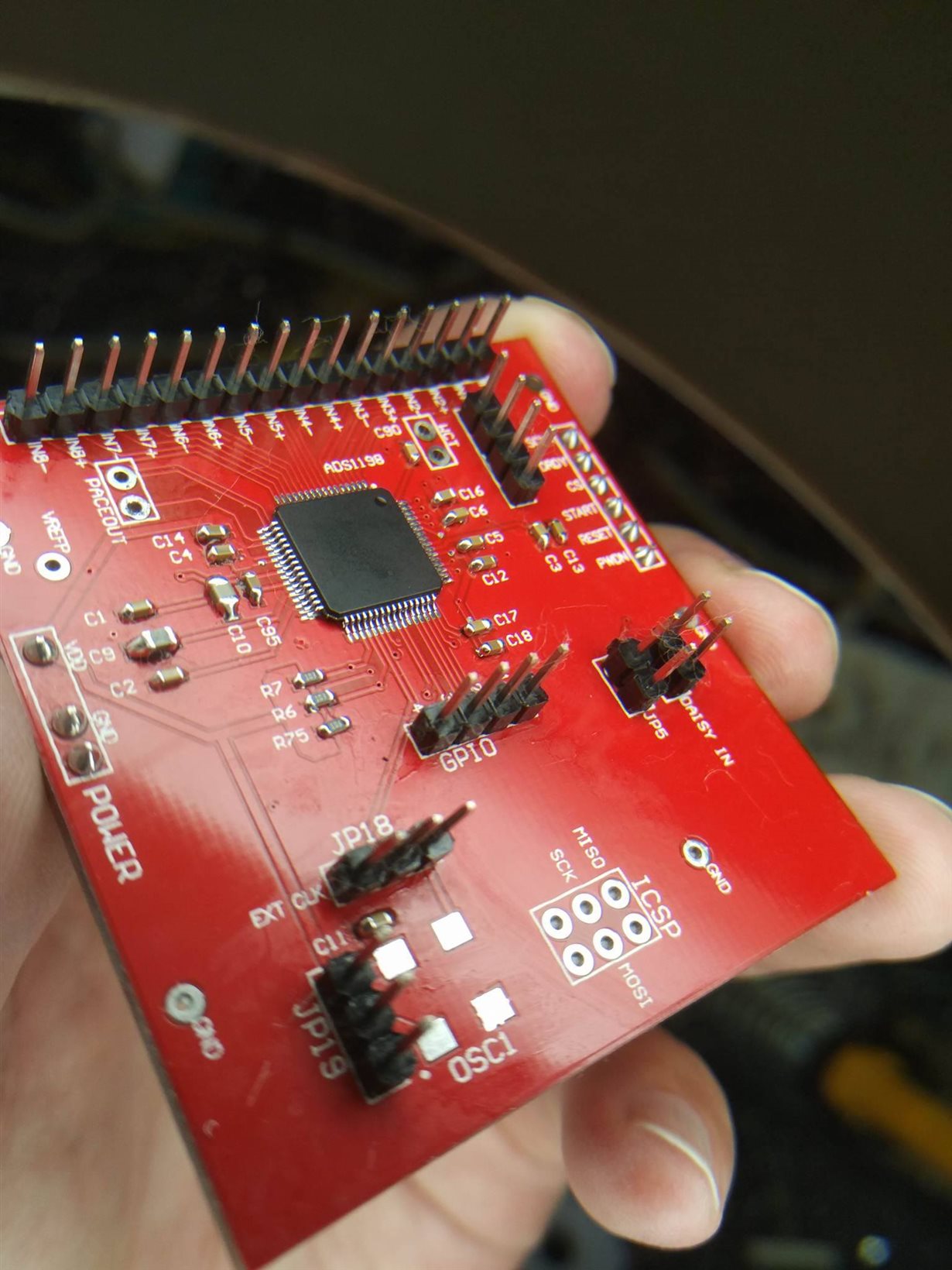Hello,
I'm very new to this but I'm trying to program a ADS1198 chip using an Arduino DUE.
I've made a pcb layout following datasheet's page 63 instructions for a unipolar supply.
I've also grounded pins RESV1(31) and DAISY_IN(41) as it is mentioned at page 11.
I can control/read CLKSEL, DRDY, CS, START, RESET and PWDN pins using Arduino's digital pins 8-13.
I've connected Din(MOSI), Dout(MISO) and SCLK to Arduino's ICSP.
I try to communicate with the chip but checking through Arduino's serial (serial.print) I don't get what I expect.
I'm just trying to read some registers so I can ensure proper communication.
I put PWRDN and RESET pins HIGH, I begin SPI and CS pin LOW, send a WAKEUP command just to be sure, then a SDATAC command and then try to read with RREG a CONFIG register.
I put some delays between commands just to be sure.
What I get back are just random numbers.
I have same voltage for both analog and digital supplies (3,3V) if that makes any difference.
I've tried all of them with no better results.
Thank you in advance,
Spiros










